Respirator selection tool
This tool has been developed to help workplaces find the right respirator for their employees and help manage their respiratory protection programme
Tools, registers, and resources > Tools > Respirator selection tool
Showing 40 of 134 results for respirator
This tool has been developed to help workplaces find the right respirator for their employees and help manage their respiratory protection programme
Tools, registers, and resources > Tools > Respirator selection tool
These videos show how to properly use a disposable P2/N95 respirator (dust mask) or a half face or half mask respirator.
A to Z topics and industries > Personal protective equipment (PPE) > Respiratory Protective Equipment (RPE) > Respiratory Protective Equipment videos
This report from 2003 brings together two separate but related investigations, the National Dust Project and the Respiratory System Survey, each of which were carried out as part of the day to day work of Occupational Safety and Health (OSH).
A to Z topics and industries > Extractives > Industry guidance and position statements > Respiratory health and silica dust levels in the extractive industry
Respiratory protective equipment (RPE) is a type of personal protective equipment (PPE) that protects people from breathing in substances hazardous to health. This quick guide is for persons conducting a business or undertaking (PCBUs) and it explains some factors to consider when providing your workers with RPE.
Respiratory protective equipment (RPE) is a type of personal protective equipment (PPE) that protects people from breathing in substances hazardous to health. This quick guide is for workers who use RPE at work.
This Safety Alert highlights the issue of non-compliant and unapproved respiratory protective equipment being marketed as compliant.
Respiratory protective equipment (RPE) is a type of personal protective equipment (PPE) that protects people from breathing in substances hazardous to health.
We provide advice for businesses and workers, guidance on respiratory protection and a respiratory selection tool to help workplaces find the right respirator for their workers.
A to Z topics and industries > Personal protective equipment (PPE) > Respiratory Protective Equipment (RPE)
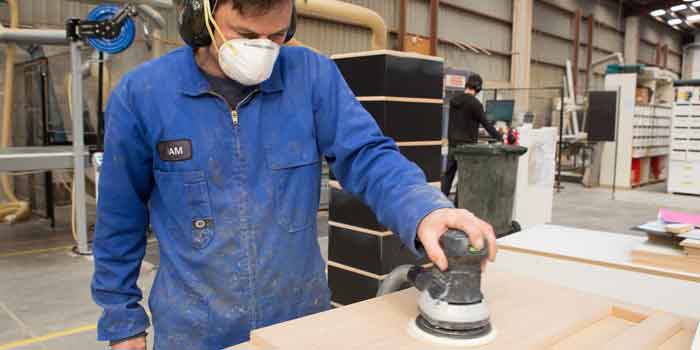
Respiratory protective equipment (RPE) is a type of personal protective equipment (PPE) that protects people from breathing in substances hazardous to health. This fact sheet is for workers
who use RPE at work.
This toolbox talk covers local exhaust ventilation and respiratory protective equipment which are controls that can be used to protect workers health.
A to Z topics and industries > Welding > Toolbox Talk 2: Welding work keeping safe
When an improvement notice came in from WorkSafe, Hazeldine Construction knew it was time to evaluate how they managed airborne risks and what Respiratory Protective Equipment (RPE) they were providing their team.
A to Z topics and industries > Personal protective equipment (PPE) > Respiratory Protective Equipment (RPE) > Hazeldine Construction
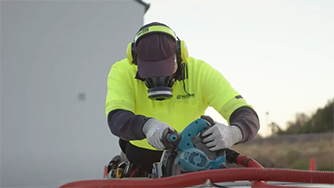
When an improvement notice came in from WorkSafe, Hazeldine Construction knew it was time to evaluate how they managed airborne risks and what Respiratory Protective Equipment (RPE) they were providing their team.
Tools, registers, and resources > Resources > Case studies > Work-related health case studies > Hazeldine Construction

This quick guide is for persons conducting a business or undertaking (PCBUs) and it explains some factors to consider when providing your workers with RPE.
A to Z topics and industries > Personal protective equipment (PPE) > Respiratory Protective Equipment (RPE) > Advice for businesses

This quick guide is for workers who use RPE at work.
A to Z topics and industries > Personal protective equipment (PPE) > Respiratory Protective Equipment (RPE) > Advice for workers
Information to help you understand more about asbestos including where to asbestos can be found, what asbestos is and why it's dangerous to your health, and how to use respirators correctly.
A to Z topics and industries > Asbestos > Working with asbestos > Asbestos tools and resources
This is an information sheet for workers PPE (personal protective equipment) is the safety gear that helps keep you safe on the job. Quick-read information sheet for workers.
Hydrogen sulphide (H₂S) is a highly toxic, colourless gas which occurs in a variety of natural and industrial settings. This quick guide provides information on the risks and effects of exposure to hydrogen sulphide, where it can be found, and how to manage the risks.
A to Z topics and industries > Hazardous substances > Guidance > Substances > Preventing harm from hydrogen sulphide
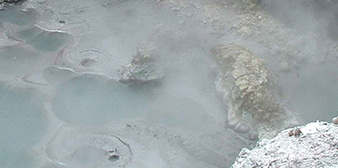
This quick guide is for any persons conducting a business or undertaking (PCBUs) whose work may expose workers and other people to hydrogen sulphide. PCBUs must ensure, so far as is reasonably practicable, the health and safety of workers and other people are not put at risk by their work.
This safety alert highlights the serious health and safety risks of exposure to high levels of respirable crystalline silica (RCS) for those who work in the stone benchtop manufacturing industry.
This approved code of practice sets out WorkSafe’s expectations for addressing risks relating to air quality in the extractives industry (mining and tunnelling operations, and alluvial mining and quarrying operations).
Part 2: Results from a worker exposure survey in seven targeted
occupational groups
Part 1: Results from two large New Zealand workforce surveys conducted in 2004-2006 and 2009-2010
This study reports the results of an in-person survey of construction workers in Waikato, New Zealand. Construction workers were asked about their performance of dusty work, the control measures employed to minimise exposure and their consideration of the risk of dust to their health.
These guidelines provide practical advice for organisations on how to keep volunteers healthy and safe at work.
Managing health and safety > Getting started > Understanding the law > Volunteers > Keeping volunteers healthy and safe
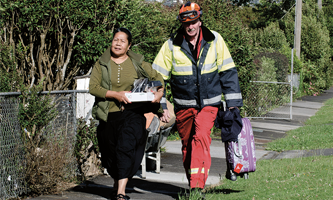
This guidance provides information about personal protective equipment (PPE) for working with or near asbestos.
A to Z topics and industries > Asbestos > Protective clothing and equipment for working with or near asbestos
Guidance for businesses, commercial and residential landlords, body corporates, and information on asbestos management plans.
A to Z topics and industries > Asbestos > Managing asbestos in your building or workplace – for PCBUs

Access the latest guidance on working with asbestos. You can also find information on duties relating to work involving asbestos – licensed and unlicensed.
A to Z topics and industries > Asbestos > Working with asbestos
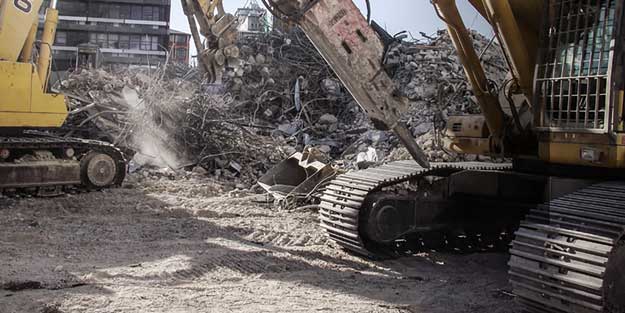
Asbestos poses a significant health risk for tradespeople, which is why we have launched four new guides designed to help plumbers, builders, electricians and painters quickly understand their responsibilities and manage the risks when working with or near asbestos.
A to Z topics and industries > Asbestos > Working with asbestos > Asbestos quick guides for tradespeople
This Approved Code of Practice sets out WorkSafe New Zealand’s (WorkSafe) expectations about how to comply with asbestos health and safety law, including the Health and Safety at Work (Asbestos) Regulations 2016.
A to Z topics and industries > Asbestos > Management and removal of asbestos
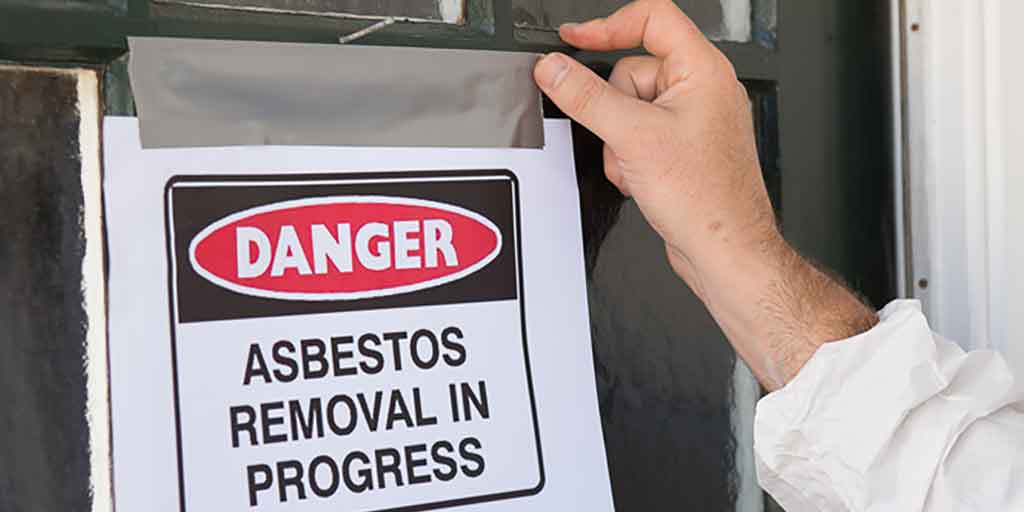
WorkSafe, in collaboration with the Occupational Integrated Database Exposure Assessment System (OccIDEAS) team and Research New Zealand, conducted the New Zealand Carcinogens Survey to estimate the current exposure to carcinogens among New Zealand workers.
Research > New Zealand Carcinogens Survey 2021
This good practice guideline outlines requirements when working with mobile elevating work platforms.
A to Z topics and industries > Working at height > Mobile elevating work platforms

A to Z topics and industries > Extractives > Industry guidance and position statements > Health and safety at opencast mines, alluvial mines and quarries > Part B – Risk management in extractives > 2.0 Health and safety management systems
The resources and links referred to in Approved code of practice: Safe practice for forestry and harvesting operations are listed on this page.
A to Z topics and industries > Forestry > Approved code of practice: Safe practice for forestry and harvesting operations > More information and resources for 'Safe practice for forestry and harvesting operations'
Get quick-read information sheets if you work in forestry.
A to Z topics and industries > Forestry > Forestry guidance: Worker information sheets
Always assume that debris and flood water (and therefore silt) is contaminated with farm run-off, chemicals, or sewage. Contaminated debris, flood water, and silt can make you sick.
A to Z topics and industries > Natural events and emergencies > Working with silt or contaminated soil after a natural event or emergency
A PCBU must ensure, so far as is reasonably practicable, the health and safety of workers, and that other persons are not put at risk by its work.
Managing health and safety > Getting started > Understanding the law > Reasonably practicable
We've produced a range of tools, including those to help you create and manage your inventory of hazardous substances, build health and safety knowledge through literacy, and learn better safety habits through our game Pickled.
Tools, registers, and resources > Tools
Definitions of some key terms, concepts and acronyms used on this and other associated websites
Tools, registers, and resources > Resources > Definitions and acronyms
This guide is for PCBUs, and sets out OPCs’ effects on human health and what you can do to minimise the risk.
A to Z topics and industries > Agriculture > Chemicals and fuels on farms > What to know when using insecticides containing organophosphates or carbamates (OPCs)
This guidance outlines what a person conducting a business or undertaking (PCBU) is required to do if they have management or control of an area where a pesticide with a restricted entry interval (REI) has been applied.
A to Z topics and industries > Hazardous substances > Hazardous Substances Regulations > Restricted entry intervals for pesticides – quick guide
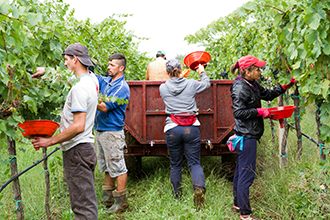
Showing 40 of 134 results for respirator